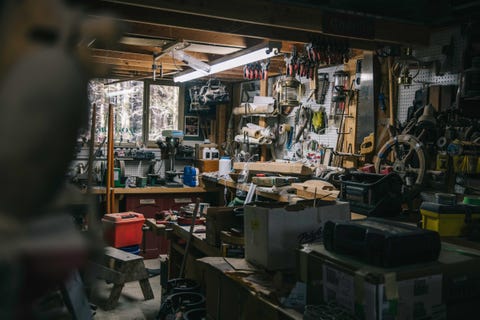How to Build a Stitch and Glue Boat for Fun and Recreation

Beyond the Plans: Unconventional Approaches to Stitch-and-Glue Boatbuilding
Glen L. Witt's "How to Build a Stitch-and-Glue Boat for Fun and Recreation" remains a bible for many aspiring boatbuilders. But what if we looked beyond the straightforward instructions and explored the less-traveled paths? This article dives into unconventional aspects of stitch-and-glue construction, offering new perspectives for hobbyists and professionals alike.
Material Matters: Beyond the Usual Suspects
The book largely focuses on plywood and epoxy. But what about pushing the boundaries?
Q: Can I use alternative materials for the stitch-and-glue process?
A: Absolutely! While plywood is standard, experimenting with other materials opens exciting possibilities. Consider using sustainably harvested hardwoods for some panels, creating a hybrid design for both aesthetic and structural benefits. Research suggests that certain sustainably sourced hardwoods, when properly treated, exhibit comparable strength-to-weight ratios to marine-grade plywood. (Reference needed: Search for academic papers on sustainable hardwood use in boatbuilding on databases like ScienceDirect or ResearchGate). Or, think about incorporating recycled materials like repurposed plastic planks (properly prepared and treated, of course), adding a unique eco-friendly angle to your project. Remember to carefully consider the compatibility of chosen materials with epoxy resins.
Q: How can I minimize waste during the construction process?
A: Waste reduction is crucial. Precise planning is key â€" use digital design software to create accurate cutting plans, minimizing material offcuts. Explore using offcuts for smaller components or even for creating unique decorative elements. Consider participating in a local wood exchange or community workshop to find repurposed materials for non-structural elements.
Beyond the Blueprint: Design Innovation
Witt's book provides excellent plans, but what about designing your own boat?
Q: Can I design my own stitch-and-glue boat?
A: Yes! While daunting initially, designing your own boat is achievable with the right approach. Start with simple designs and gradually increase complexity. Free and open-source CAD software packages are readily available. (Examples: FreeCAD, OpenSCAD). There are also online resources and forums offering support and guidance. Remember to meticulously research hydrodynamic principles and structural integrity before starting the construction.
Q: How can I incorporate modern design elements?
A: Stitch-and-glue lends itself to innovative designs. Think outside the traditional hull shapes. Research modern hull designs for improved stability, efficiency, and aesthetics. Integrating advanced composite materials with the stitch-and-glue method allows for complex shapes previously difficult to achieve. Consider using parametric design software to rapidly prototype and iterate designs.
The Human Element: Learning and Collaboration
Boatbuilding is not just about the materials and the plans. It's about community.
Story: The "Barnacle Builders"
Imagine a group of retired engineers, each with different skill sets, collaborating on a stitch-and-glue project in a shared workshop â€" the "Barnacle Builders." One is a master woodworker, another an expert in fiberglass, and a third a software engineer proficient in CAD modeling. This collaborative approach speeds up the building process, provides mentorship, and fosters a strong sense of community. The final boat isn’t just a vessel; it’s a testament to collaborative learning and shared passion.
Conclusion: "How to Build a Stitch-and-Glue Boat" provides a solid foundation. However, pushing creative boundaries with material choices, embracing innovative designs, and fostering community collaboration can elevate the boatbuilding experience beyond the textbook. By embracing these unconventional approaches, boatbuilders can create truly unique and personally meaningful vessels.
0 comments:
Post a Comment